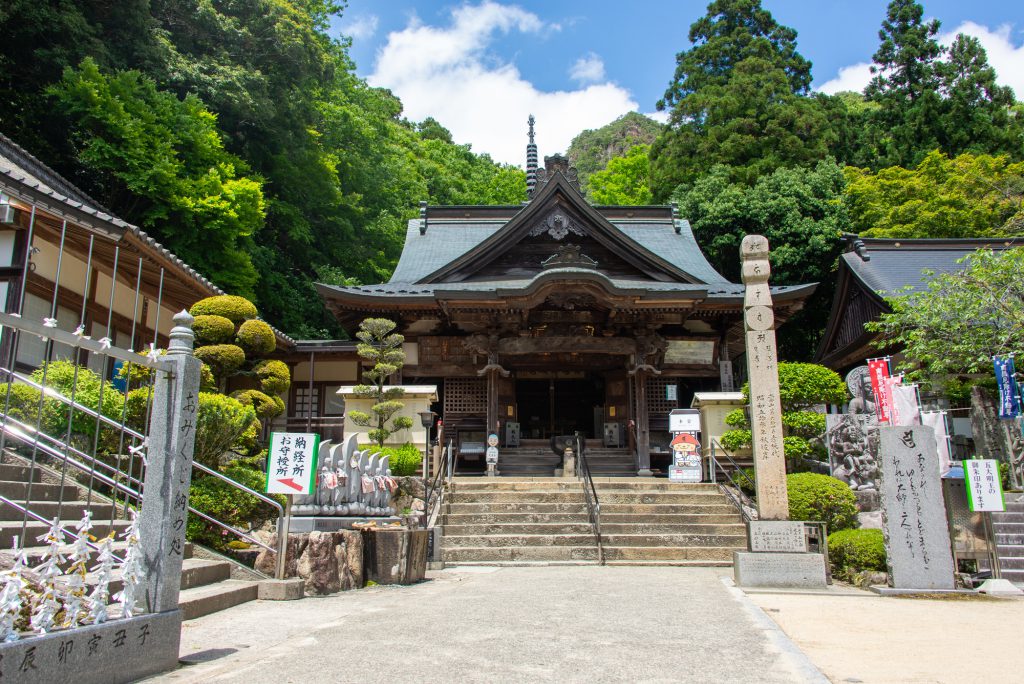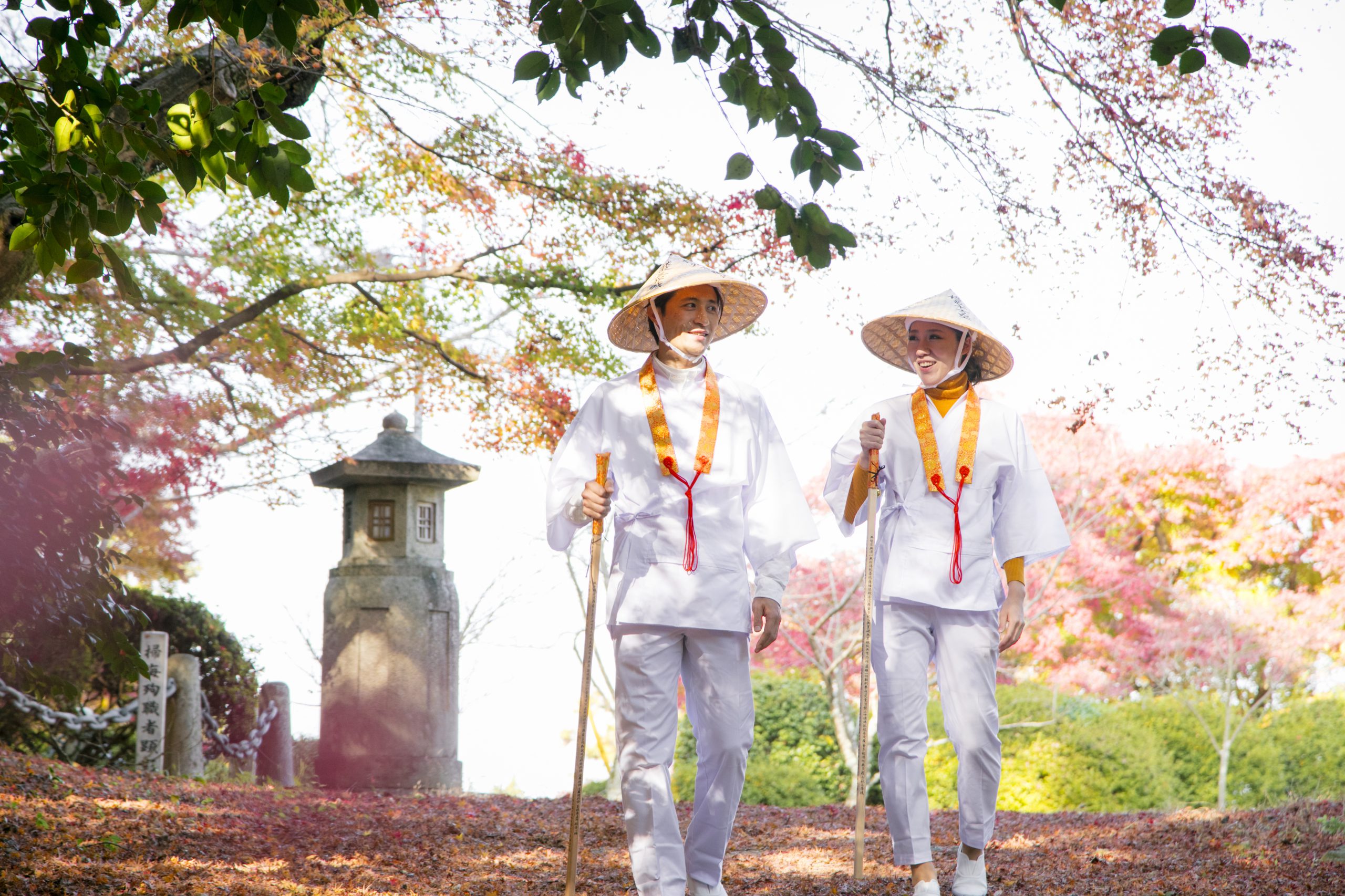If it is a pilgrimage that takes a long journey toward the sacred place, the Ohenro, the pilgrimage in Shikoku, may be a little different. This is because the pilgrimage is one that takes you around Shikoku, one of the four main islands that make up Japan, and visits 88 temples called Fudasho.
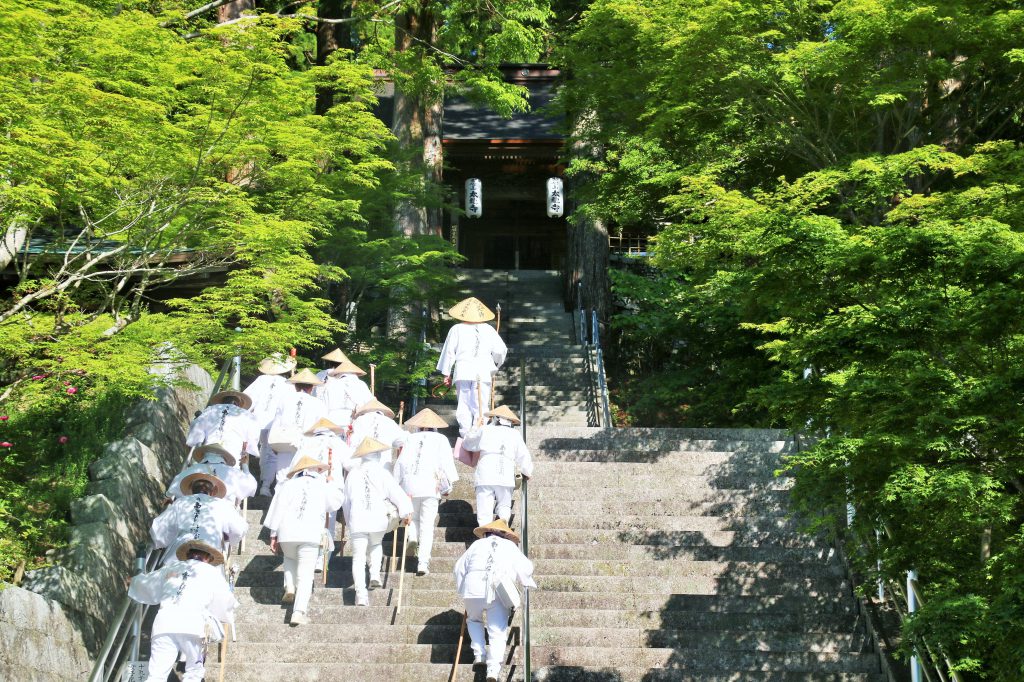
There is no starting point per se. You can start from any of the 88 temples. The order is not fixed either. There are also “sequential striking” that goes around the number of the temples in order. “Reverse striking” that turns in the opposite direction, and “disturbance striking” that freely turns from the favorite temples. The period is also free. “One-stop trip” that goes around all 88 places in one trip, “break-off” that divides into several times, and divides into four regions of Awa, Tosa, Iyo and Sanuki.
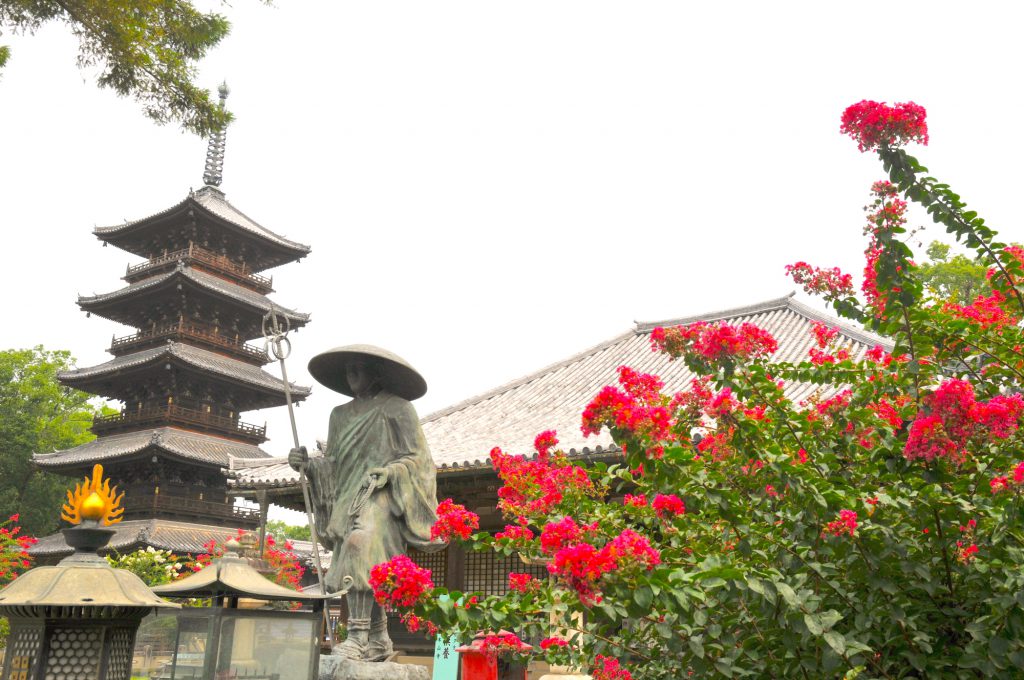
It is said that the 88 temples that are part of the pilgrimage were opened by Kobo Daishi. Kobo Daishi was a monk named Kukai, who was born in 774 in the current Zentsuji city of Kagawa prefecture. Since childhood, he was wise, and in 804 he was elected as a foreign student of the Tang Dynasty China. He went to Tang, China at that time to study esoteric Buddhism. After returning to Japan, he became the founder of the Shingon sect, and opened Kongobuji Temple on Koyasan. He received the Toji Temple of Kyoto from the Emperor, after his death, he was given the title of Kobo Daishi.
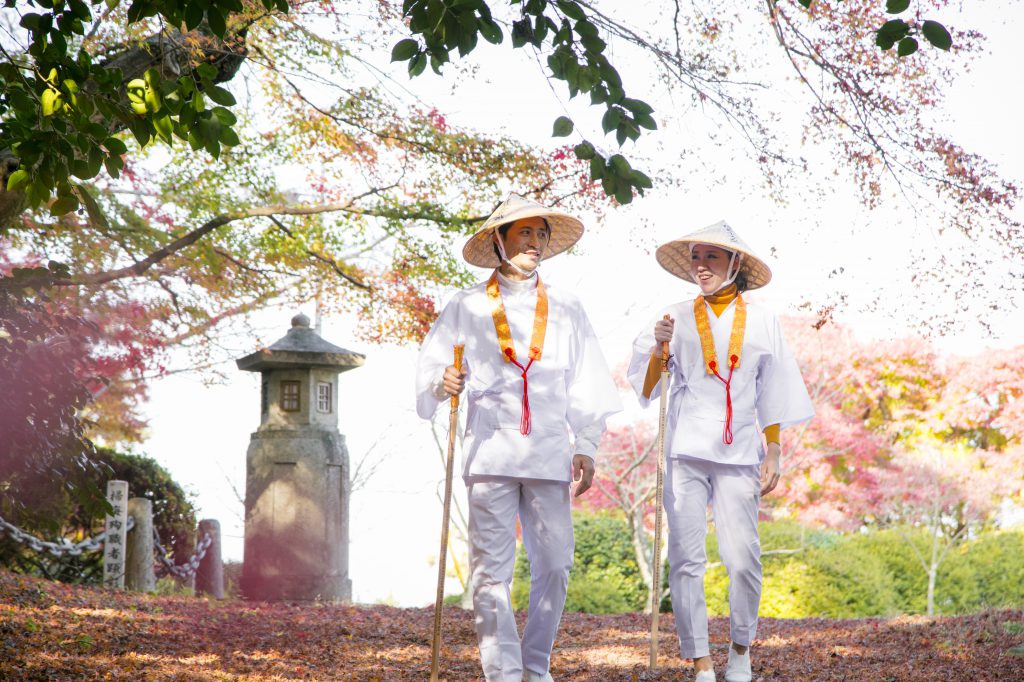
Kobo Daishi is said to have been training in Shikoku when he was young. Ohenro is also a training journey that follows the footsteps of Kobo Daishi and does the same thing himself. Therefore, everyone who goes to the pilgrimage wears a white robe, wears a hat, and has a cane called Kongo cane. In particular, the Kongo cane is believed to be the Kobo Daishi itself; so during the pilgrimage, one is said to be “accompanied by two people” and always pilgrimages with Kobo Daishi.
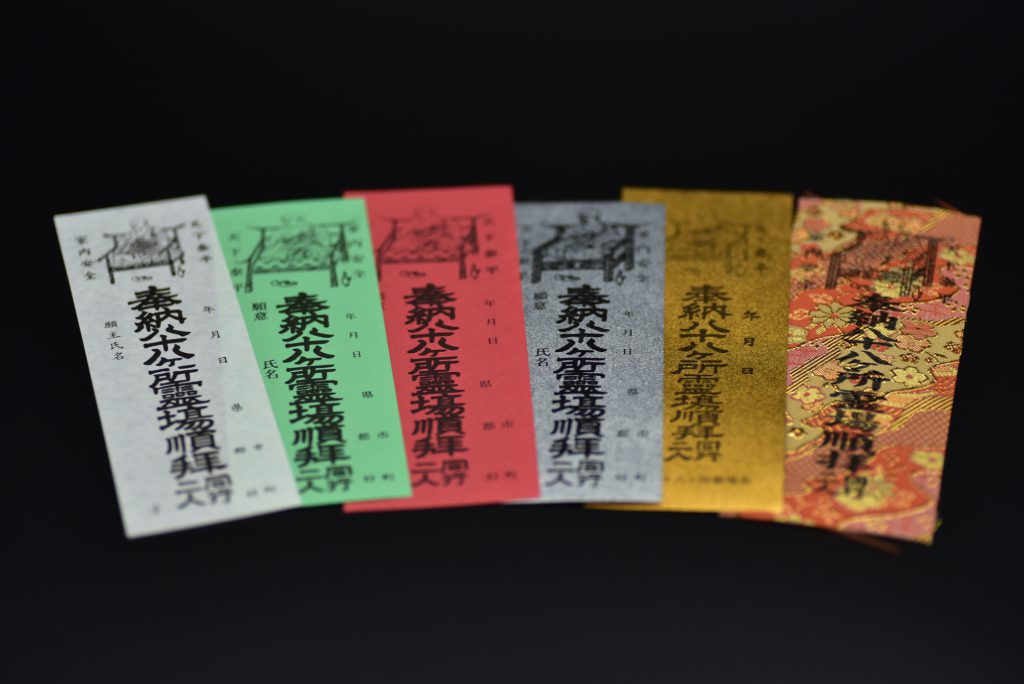
When worshiping at a temple, pay a bill, dedicate a sutra, etc. In addition to having the sutra written in a book called the sutra book, you can also ask for the sutra, such as the hanging scroll called the sutra shaft or the red stamp robe. Items with all 88 sutras are considered to be very precious and become a family treasure, and white robes are used for the dying clothes that are put on when dressing a corpse after death.
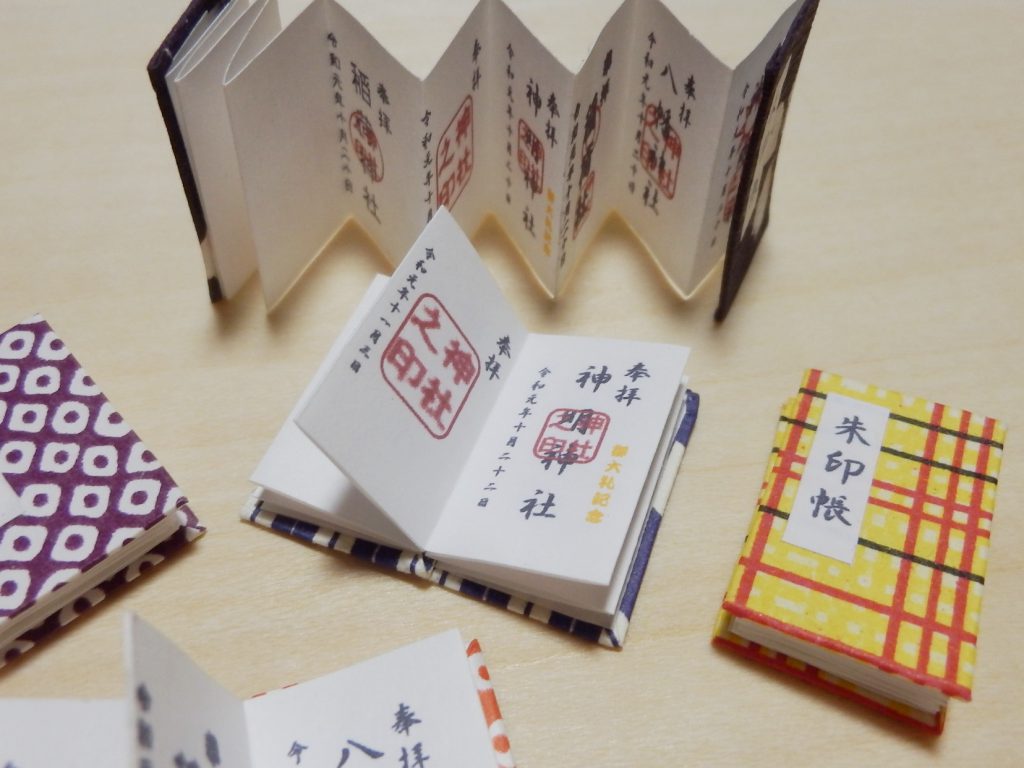
The course of the pilgrimage varies depending on the person, because it is not fixed, but if you go around all 88 temples, it will be 1200 to 1400 kilometers. There are some rugged places such as mountain roads, so it’s not easy to go all around. However, the pilgrimage is also a training journey . If you try to go around the temple and do a pilgrimage, you will face yourself and feel that new changes are coming from within you.
